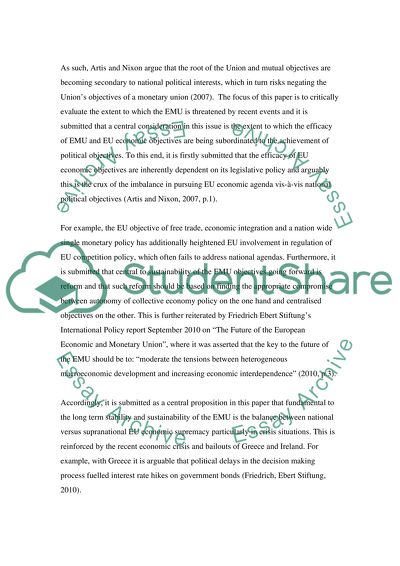Cite this document
(“Is the future of the EMU threatened by recent events Discuss Essay”, n.d.)
Is the future of the EMU threatened by recent events Discuss Essay. Retrieved from https://studentshare.org/miscellaneous/1573414-is-the-future-of-the-emu-threatened-by-recent-events-discuss
Is the future of the EMU threatened by recent events Discuss Essay. Retrieved from https://studentshare.org/miscellaneous/1573414-is-the-future-of-the-emu-threatened-by-recent-events-discuss
(Is the Future of the EMU Threatened by Recent Events Discuss Essay)
Is the Future of the EMU Threatened by Recent Events Discuss Essay. https://studentshare.org/miscellaneous/1573414-is-the-future-of-the-emu-threatened-by-recent-events-discuss.
Is the Future of the EMU Threatened by Recent Events Discuss Essay. https://studentshare.org/miscellaneous/1573414-is-the-future-of-the-emu-threatened-by-recent-events-discuss.
“Is the Future of the EMU Threatened by Recent Events Discuss Essay”, n.d. https://studentshare.org/miscellaneous/1573414-is-the-future-of-the-emu-threatened-by-recent-events-discuss.


